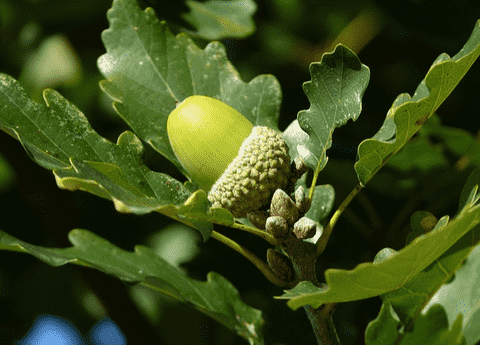The Mighty Oak: A Comprehensive Guide to Quercus Trees
Certainly! Oaks are a diverse group of trees belonging to the genus Quercus, with hundreds of species distributed across the Northern Hemisphere. Here’s some detailed information:
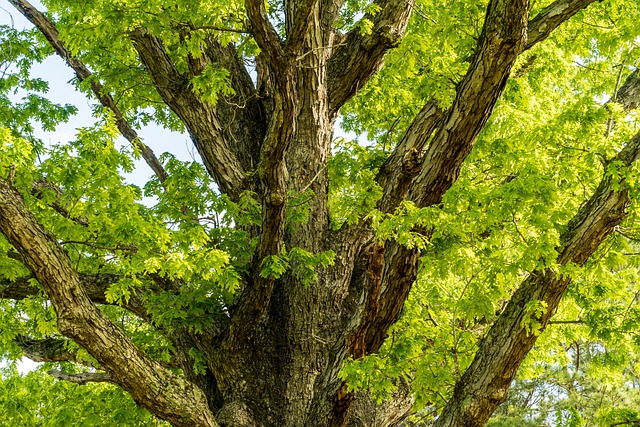
General Description:
- Leaves: Typically lobed and deciduous, though some species have evergreen leaves. Leaf shape and arrangement vary widely between species.
- Bark: Often deeply furrowed and ridged, with a characteristic rugged appearance.
- Flowers: Oaks are monoecious, meaning they have separate male and female flowers on the same tree. The flowers are inconspicuous and appear in spring.
- Fruit: Acorns, which are the seeds of the oak tree, are enclosed in a woody cupule.
Common Species:
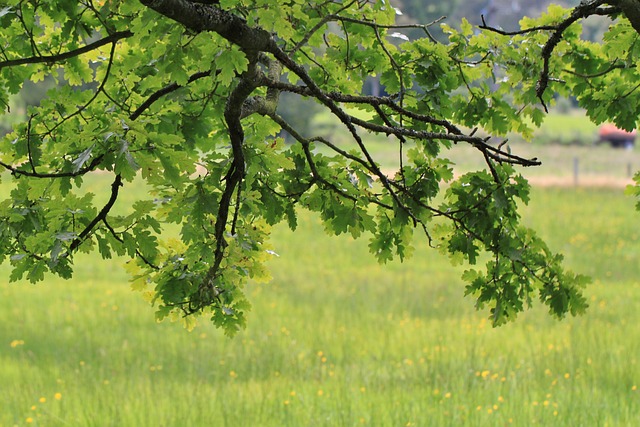
- Quercus robur (English Oak): Native to Europe, this iconic oak species is known for its sturdy trunk and spreading crown.
- Quercus alba (White Oak): Native to eastern North America, it’s recognized for its light gray bark and white, durable wood.
- Quercus suber (Cork Oak): Native to southwest Europe and northwest Africa, it’s prized for its thick, corky bark.
Habitat:
- Oaks are found in diverse habitats, including forests, woodlands, savannas, and grasslands. They are often a dominant species in temperate and subtropical regions.
Uses:
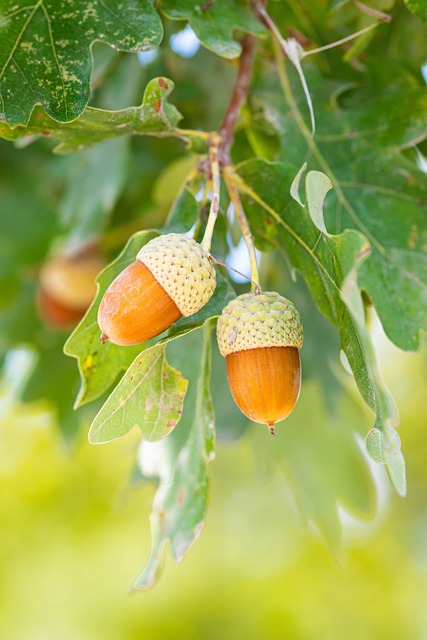
- Timber: Oak wood is highly valued for its strength, durability, and attractive grain. It’s commonly used in furniture making, flooring, shipbuilding, and construction.
- Wildlife: Oaks support a wide range of wildlife by providing food, shelter, and nesting sites. Acorns are an important food source for many mammals, birds, and insects.
- Landscaping: Many oak species are planted as ornamental trees in parks, gardens, and urban areas for their aesthetic value and ecological benefits.
Cultural Significance:
- Symbolism: Oaks have been revered in many cultures throughout history and are often associated with strength, endurance, and wisdom. They symbolize resilience and longevity.
- Mythology: In ancient Greek and Roman mythology, the oak was sacred to several gods and goddesses, including Zeus and Jupiter.
- Folklore: Oaks feature prominently in folklore and legends around the world, often as symbols of protection, fertility, and abundance.
Environmental Impact:
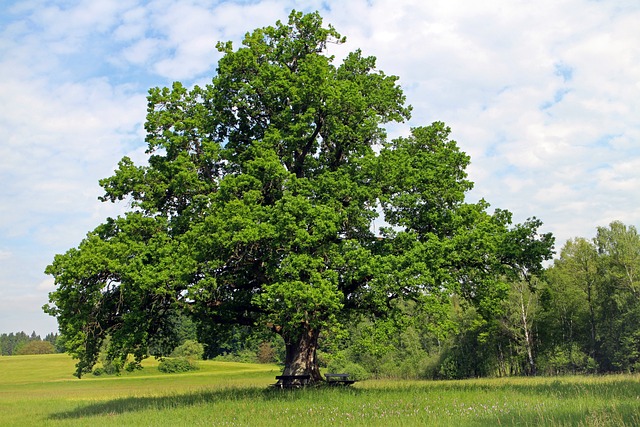
- Oaks play a crucial ecological role in forest ecosystems by supporting biodiversity, regulating water cycles, and storing carbon.
- They provide valuable ecosystem services such as soil stabilization, erosion control, and air purification.
Conservation Status:
- While many oak species are widespread and abundant, some are threatened by habitat loss, deforestation, climate change, and invasive pests and diseases. Conservation efforts focus on protecting and restoring oak habitats to safeguard their biodiversity and ecological integrity.

